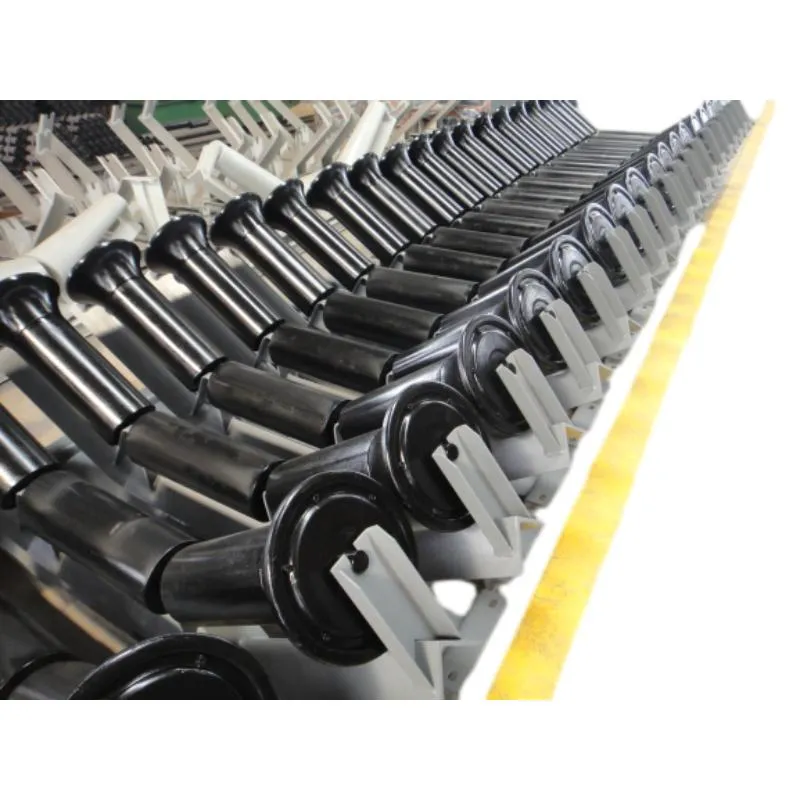 Afrikaans
Afrikaans  Albanian
Albanian  Amharic
Amharic  Arabic
Arabic  Armenian
Armenian  Azerbaijani
Azerbaijani  Basque
Basque  Belarusian
Belarusian  Bengali
Bengali  Bosnian
Bosnian  Bulgarian
Bulgarian  Catalan
Catalan  Cebuano
Cebuano  Corsican
Corsican  Croatian
Croatian  Czech
Czech  Danish
Danish  Dutch
Dutch  English
English  Esperanto
Esperanto  Estonian
Estonian  Finnish
Finnish  French
French  Frisian
Frisian  Galician
Galician  Georgian
Georgian  German
German  Greek
Greek  Gujarati
Gujarati  Haitian Creole
Haitian Creole  hausa
hausa  hawaiian
hawaiian  Hebrew
Hebrew  Hindi
Hindi  Miao
Miao  Hungarian
Hungarian  Icelandic
Icelandic  igbo
igbo  Indonesian
Indonesian  irish
irish  Italian
Italian  Japanese
Japanese  Javanese
Javanese  Kannada
Kannada  kazakh
kazakh  Khmer
Khmer  Rwandese
Rwandese  Korean
Korean  Kurdish
Kurdish  Kyrgyz
Kyrgyz  Lao
Lao  Latin
Latin  Latvian
Latvian  Lithuanian
Lithuanian  Luxembourgish
Luxembourgish  Macedonian
Macedonian  Malgashi
Malgashi  Malay
Malay  Malayalam
Malayalam  Maltese
Maltese  Maori
Maori  Marathi
Marathi  Mongolian
Mongolian  Myanmar
Myanmar  Nepali
Nepali  Norwegian
Norwegian  Norwegian
Norwegian  Occitan
Occitan  Pashto
Pashto  Persian
Persian  Polish
Polish  Portuguese
Portuguese  Punjabi
Punjabi  Romanian
Romanian  Russian
Russian  Samoan
Samoan  Scottish Gaelic
Scottish Gaelic  Serbian
Serbian  Sesotho
Sesotho  Shona
Shona  Sindhi
Sindhi  Sinhala
Sinhala  Slovak
Slovak  Slovenian
Slovenian  Somali
Somali  Spanish
Spanish  Sundanese
Sundanese  Swahili
Swahili  Swedish
Swedish  Tagalog
Tagalog  Tajik
Tajik  Tamil
Tamil  Tatar
Tatar  Telugu
Telugu  Thai
Thai  Turkish
Turkish  Turkmen
Turkmen  Ukrainian
Ukrainian  Urdu
Urdu  Uighur
Uighur  Uzbek
Uzbek  Vietnamese
Vietnamese  Welsh
Welsh  Bantu
Bantu  Yiddish
Yiddish  Yoruba
Yoruba  Zulu
Zulu Understanding Belt and Pulley Drive Systems for Efficient Power Transmission and Mechanical Motion
Belt and Pulley Drive Systems An Overview
Belt and pulley drive systems are fundamental components in various mechanical applications, serving as essential tools for transmitting power and motion in numerous machines. Their reliability, efficiency, and versatility make them a preferred choice in industries ranging from manufacturing to automotive engineering. Understanding how these systems work and their benefits can help industries optimize their mechanisms for improved performance.
Belt and Pulley Drive Systems An Overview
One of the primary advantages of using belt and pulley systems is their ability to transmit power over a distance. Unlike direct drive systems, which may require components to be in close proximity, belt drives allow for greater separation between power sources and driven mechanisms. This flexibility is particularly beneficial in large machinery where space constraints make direct connections impractical.
belt and pulley drive

Belt and pulley systems are categorized into various types, including flat belts, V-belts, and timing belts. Flat belts consist of a simple flat material that runs over pulleys, while V-belts feature a trapezoidal cross-section designed to fit snugly into the grooves of the pulleys. Timing belts, on the other hand, have teeth that engage with corresponding grooves, ensuring precise synchronization between driven components—a critical aspect in applications such as automotive timing systems.
Maintenance of belt and pulley systems is relatively straightforward, requiring regular tension adjustments and inspections for wear and tear. The longevity of the components depends on factors such as load, speed, and operational environment. Choosing the right type of belt and pulley system for a specific application is crucial; for example, a timing belt may be necessary for applications requiring precise timing, while a flat belt might suffice for less demanding tasks.
In conclusion, belt and pulley drive systems are indispensable in modern machinery, facilitating efficient power transmission across various applications. Their design flexibility, ease of maintenance, and capability to operate over distances make them a preferred solution in many engineering fields. As industries continue to advance, the importance of optimizing these systems will remain critical in enhancing overall performance and reliability. With ongoing innovations in materials and design, the future of belt and pulley systems looks promising, ensuring their place in the machinery of tomorrow.
-
Revolutionizing Conveyor Reliability with Advanced Rubber Lagging PulleysNewsJul.22,2025
-
Powering Precision and Durability with Expert Manufacturers of Conveyor ComponentsNewsJul.22,2025
-
Optimizing Conveyor Systems with Advanced Conveyor AccessoriesNewsJul.22,2025
-
Maximize Conveyor Efficiency with Quality Conveyor Idler PulleysNewsJul.22,2025
-
Future-Proof Your Conveyor System with High-Performance Polyurethane RollerNewsJul.22,2025
-
Driving Efficiency Forward with Quality Idlers and RollersNewsJul.22,2025





























